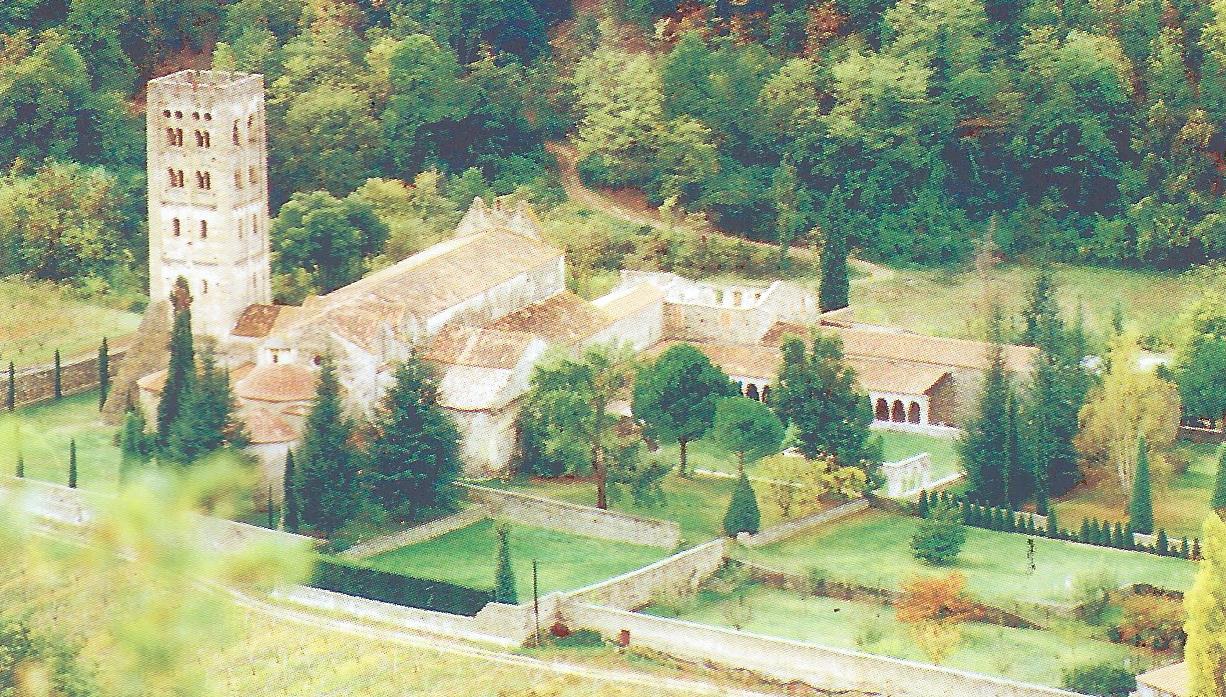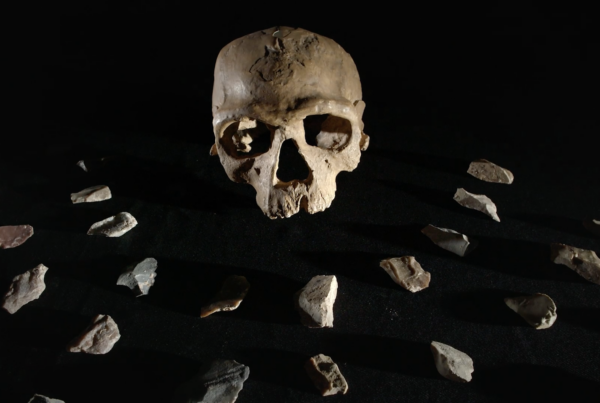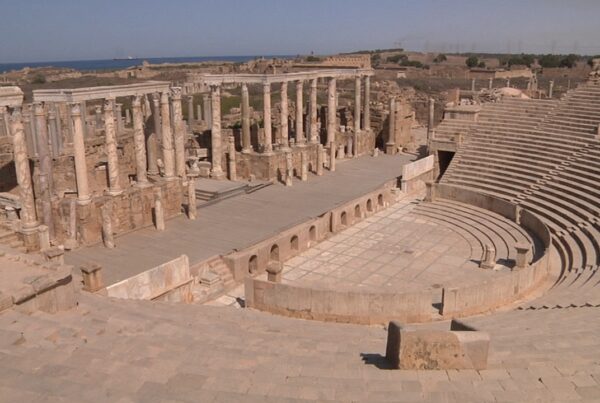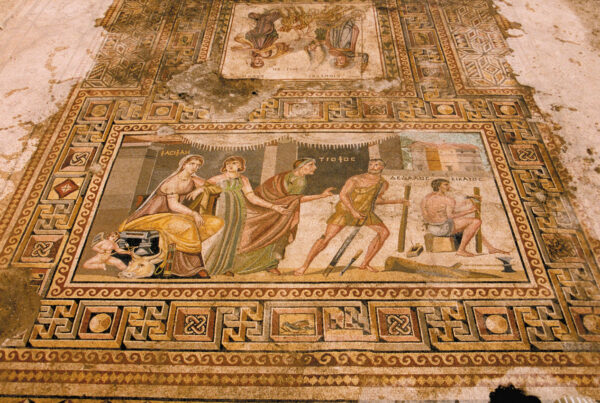“Romanesque Routes” looks at the history of the Romanesque art collection of the National Art Museum of Catalonia. This museum houses some of the world’s most outstanding jewels of Romanesque religious art from Catalonia. This style was the singular expression of an artistic tendency that spread throughout Europe from the 10th to the 13th centuries.
In the early 20th century, a number of intellectuals and artists began to draw attention to the value of these neglected works of art found in churches and medieval castles in small mountain villages.
Around the year 1900 several institutions became concerned with saving the Romanesque art works that had survived. This gave rise to the appearance of the first Spanish and foreign antiquarians who, at bargan prices, began buying sculptures, documents, firniture and even wall paintings which were removed from the walls with techniques that had never before been seen in Spain. The most remarkable case was that of a team of Italian restorers hired by an American and a French antiquarian who had purchased an entire Romanesque fresco from a church and had it transported to the United States.
“Romanesque Routes” examines the roots of an artistic legacy but it also narrates the epic-like tale of turn of the century journeys and business transactions surrounding these ancient works of art. The report was filmed at the sites of the creation of Catalonia’s Romanesque art works as well as at famous museums housing art works from Catalonia such as the Metropolitan Museum of Art, the Boston Fine Arts Museum and the Vatican Library. But what has made “Romanesque Routes” a unique document in the history of art and television was a stroke of sheer luck: while the report was being filmed an ancient wall painting was discovered. As a happy ending to the report, our cameras captured the reemergence of an unknown example of the religious art that was created in this corner of Europe 800 years ago.
- Direction: JOSEP ROVIRA
- Production: TELEVISIO CATALUNYA







